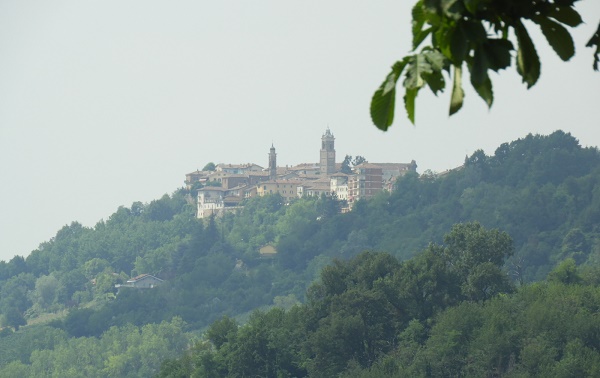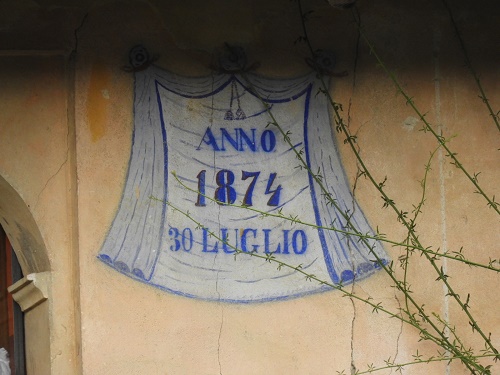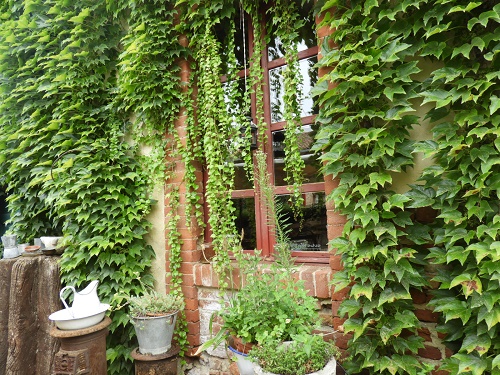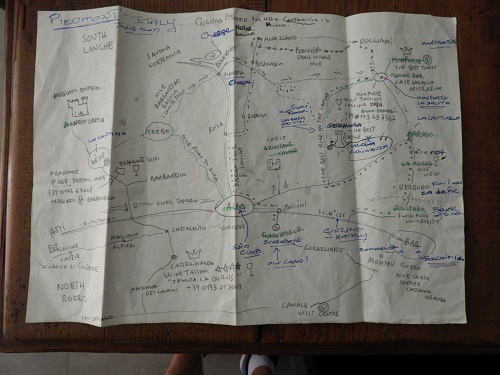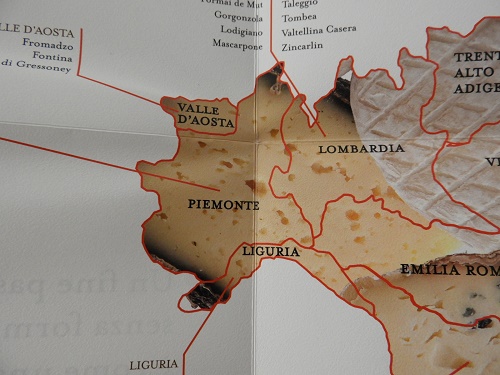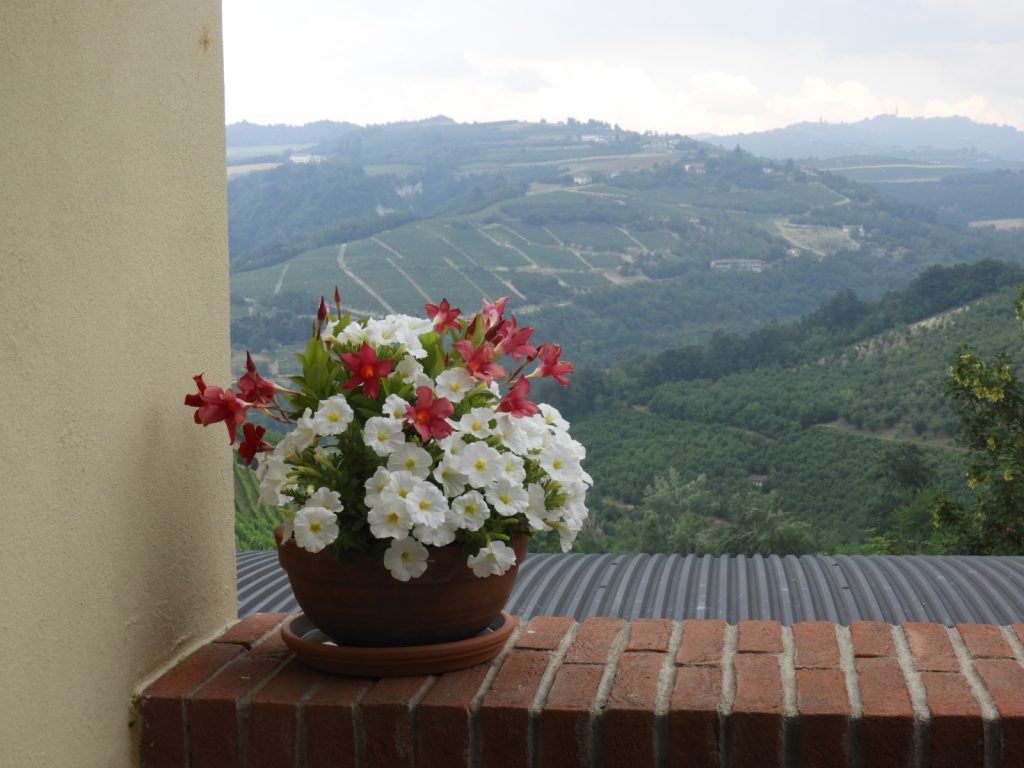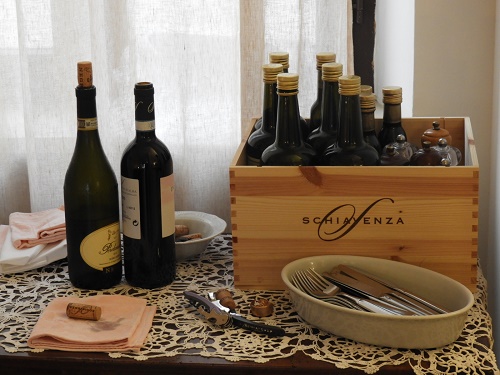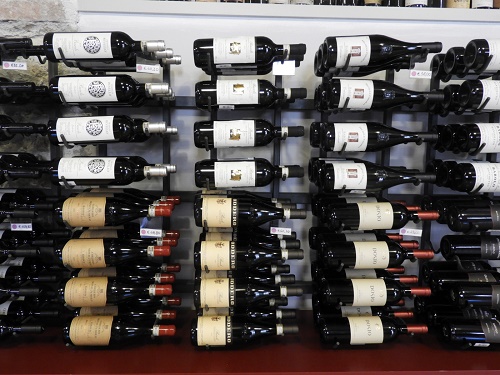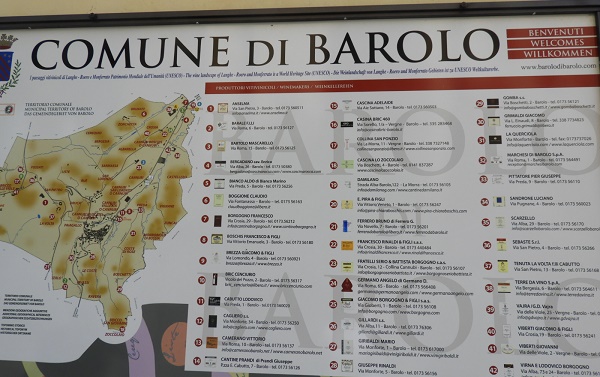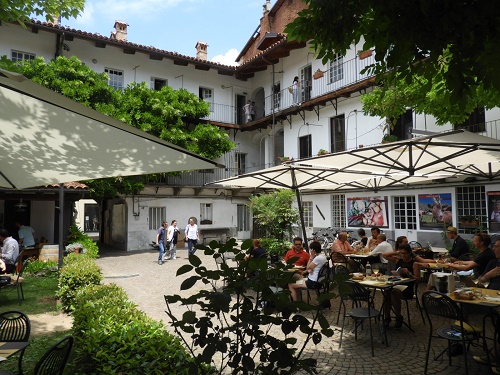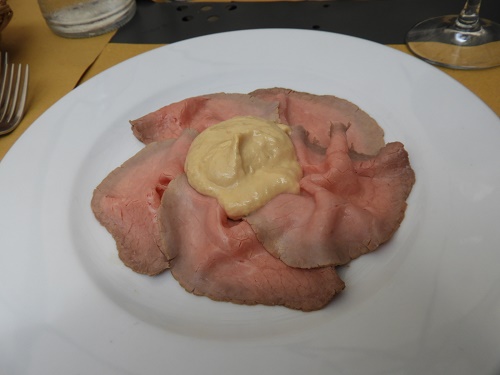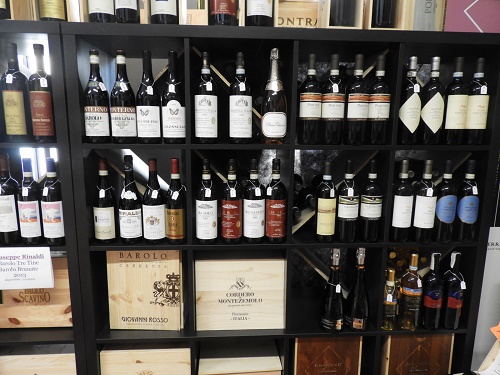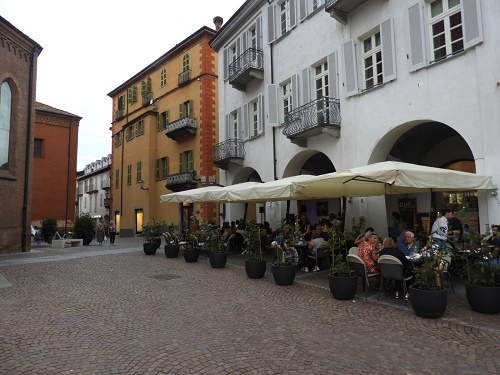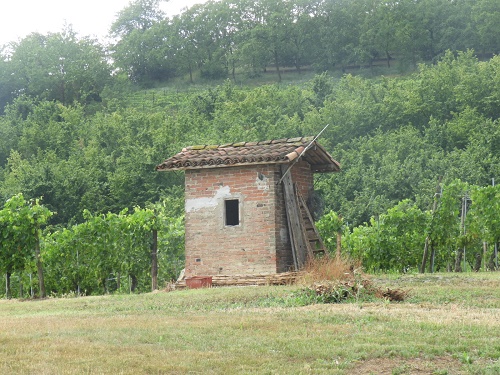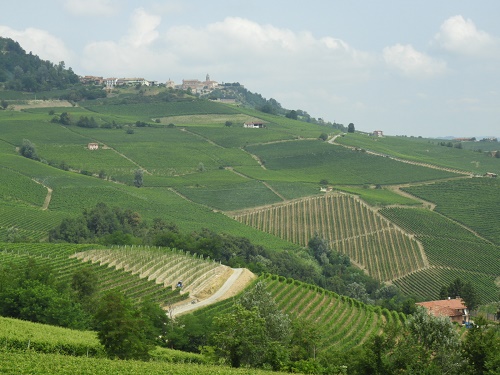Why did we do this? because we love Italy, the Italian lifestyle, the wines, and of course Slow Food. So, armed with my Slow Food bible, The Osterie & Locande D’Italia, we set out to explore, at a slow pace, four regions of Italy. We have completed our first week in the Veneto, now we have a week in the wonderful region of Piedmont. Travel across Italy with us as we arrive in the home of Slow Food .
For the uninitiated, Slow Food was founded in Bra, in the region of Piedmont, in 1986, to counter the standardisation of taste and the manipulation of consumers across the globe.
We are staying at a wonderful Agriturismo just outside the town of Alba at Scaparoni, a peaceful oasis located between Bra and Alba, this was our base for our wine and slow food exploration of the wonderful region of Piedmont for the week.
The ristorante in the ancient building only uses local produce , the rooms are rustic & well appointed, the staff helped us with our mud map planning before exploring the region methodically.
A perfect place to base surrounded by vineyards, and easy driving distance to every commune and 20 minutes from Bra , home to the Slow Food University.
The scenery throughout Piedmont is stunning, rolling hills lined with manicured vines, and hilltop villages with majestic buildings watching over a range of agriculture as life goes on from season to season.
Above the small medieval village of Serralunga d’ Alba there are three towers, each one different, known as the cioche, all part of a fortress built in the mid 14th Century. The views across an intricate network of vineyards are exceptional.
Our first Slow Food experience is hilltop at Serralunga.This wonderful Cascina still respects the age old “Langarola” cooking traditions. Service is efficient and very knowledgeable. The views are stunning, but you won’t wait long for superb dishes to arrive on the table with a view. Weather permitting sit outside, its stunning. And there is an awning if shade is required.
The set meal starts with a classic array of antipasti, including carne cruda (raw meats), amazing stuffed zucchini flowers, vitello tonnato. Mains include the very local tajarin (egg yolk pasta, cut with a knife), rolled by hand, and exquisitely light. Agnolotti dal Plin, and crespelle with béchamel and mushrooms.
The wine list favors the labels of the Serralunga area, including the Barolo, Barbera, and Dolcetto. Then there are the local cheeses served with honey or cogna, followed by some really tasty desserts like Hazelnut cake with Zabaione. Nothing over 12e in the Secondi menu, incredibly good value for superb cuisine.
A day in the town of Barolo is not enough, with the Wine Museum , Museo Del Vino, a must for a couple of hours. Luckily we had appointments with the winemakers we work with. There is no shortage of Slow Food options in Barolo and we had a wonderful relaxing lunch at La Cantinella.
We have some special meetings arranged with Slow Food in Bra and we will be trying the Slow Food Osteria Boccondivino , a must for Foodies.
This osteria is located in the old town centre of Bra, and is today the headquarters of the Slow Food movement. The Boccone (mouthful in Italian) is much more than an osteria. It is the birthplace of Slow Food, the movement founded by Carlin Petrini in 1984.
Choose from a’ la carte or one of 4 set menus. All superb, start with boiled meat salad, vegetable flan, Bra sausage, (carne cruda al coltella).
First courses include the excellent agnolotti dal plin & tajarin with butter and sage sauce (sensational), as well as risotto & gnocchi, plus veal braised in Barolo. The cheese board includes some delicious Roccaverano goat cheeses.
The wine list is outstanding with over 1000 Piedmonte and other Italian Wines on offer.
Piedmont’s cuisine is famous for the immense variety of antipasti. In any other area, these filling dishes and the ubiquitous grissini, or meter long breadsticks, would qualify as main courses. The famous bagna càuda (or bagna caôda) begins the meal with pieces of raw vegetables served with a heated sauce of garlic and anchovies in mixed olive oil and butter. The local variation of fonduta is an egg yolk enriched fondue made with Fontina cheese, milk, plenty of butter, and sometimes garnished with shaved white truffle.
Piedmont protected local food products
Fresh & Cured Meats:
Mortadella Bologna IGP, Salamini italiani alla cacciatora DOP
Cheeses:
Bra DOP, Castelmagno DOP, Gorgonzola DOP, Grana Padano DOP, Murazzano DOP, Raschera DOP, Robiola di Roccaverano DOP, Taleggio DOP, Toma Piemontese DOP
Fruits:
Nocciola di Piemonte IGP
Wine.
Visiting the Bank of Wine in Pollenza is well worth it. Undoubtedly it is the red wines that lead the way in terms of quality and cellaring potential with wines made from the noble Nebbiolo grape. The DOCGs of Barolo, Barbaresco, Gattinara, Ghemme and Roero all represent the grape at its finest: they are complex, alluring wines with extraordinary depth and great ageing potential. Barolo (“king of wines and wine of kings”) is made in the Langhe hills with its output of 6 million bottles a year far exceeding that of Barbaresco at less than 2.5 million.
We have hardly touched on everything we did during our stay and there is so much more to share. Our tours through this region are popular, and for good reason, wonderful food, wonderful wines, scenery and the Italian Lifestyle at its best.
Next we head back into Milan for the train journey south to Abruzzo.

